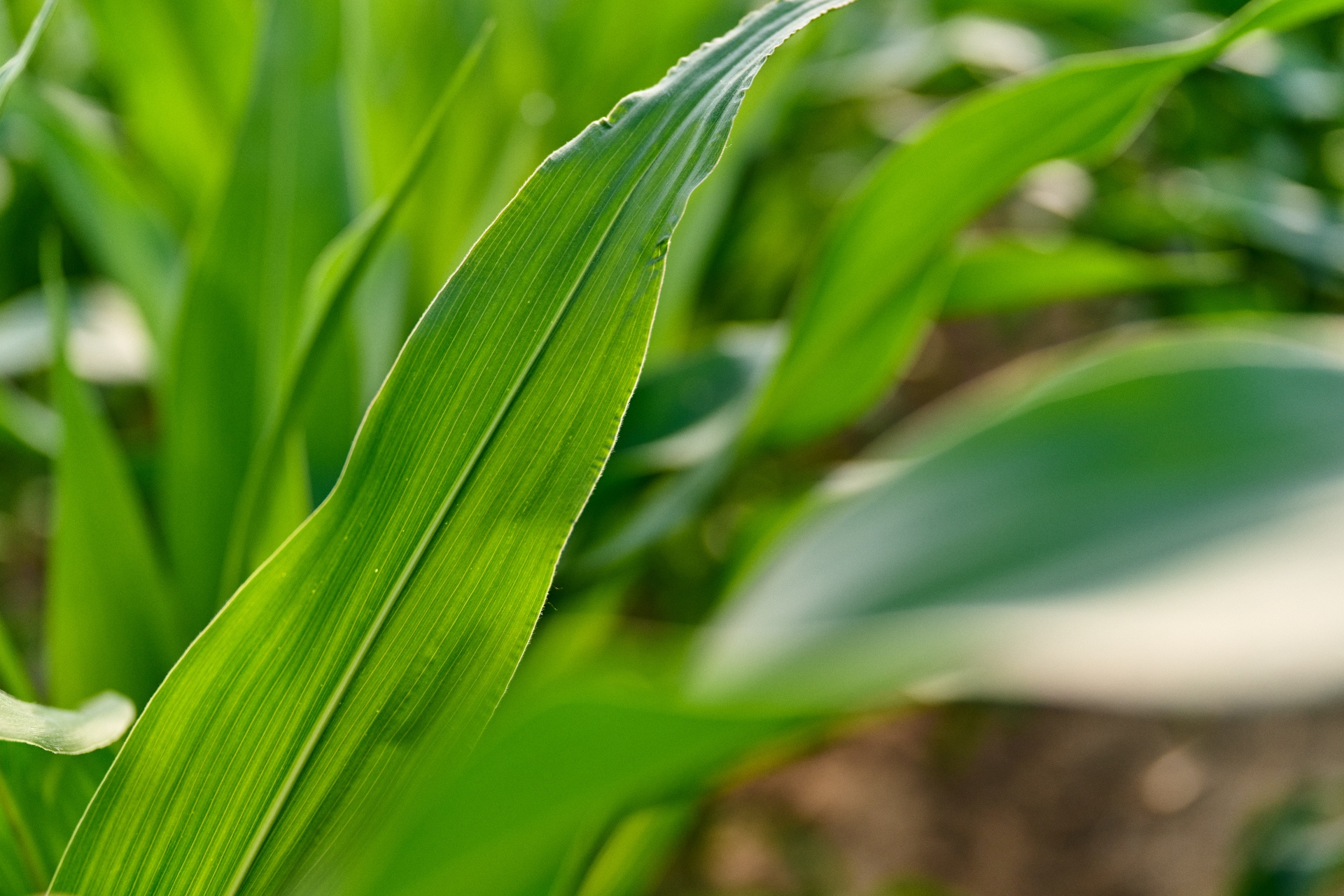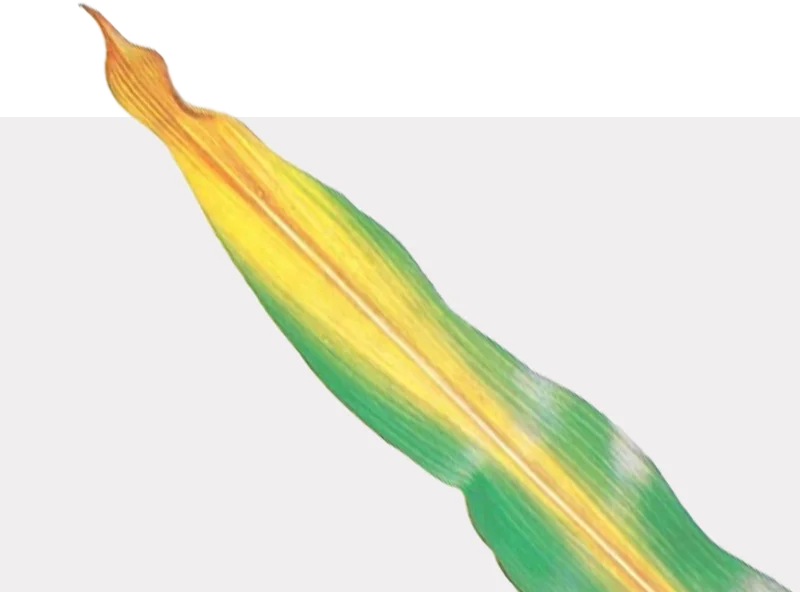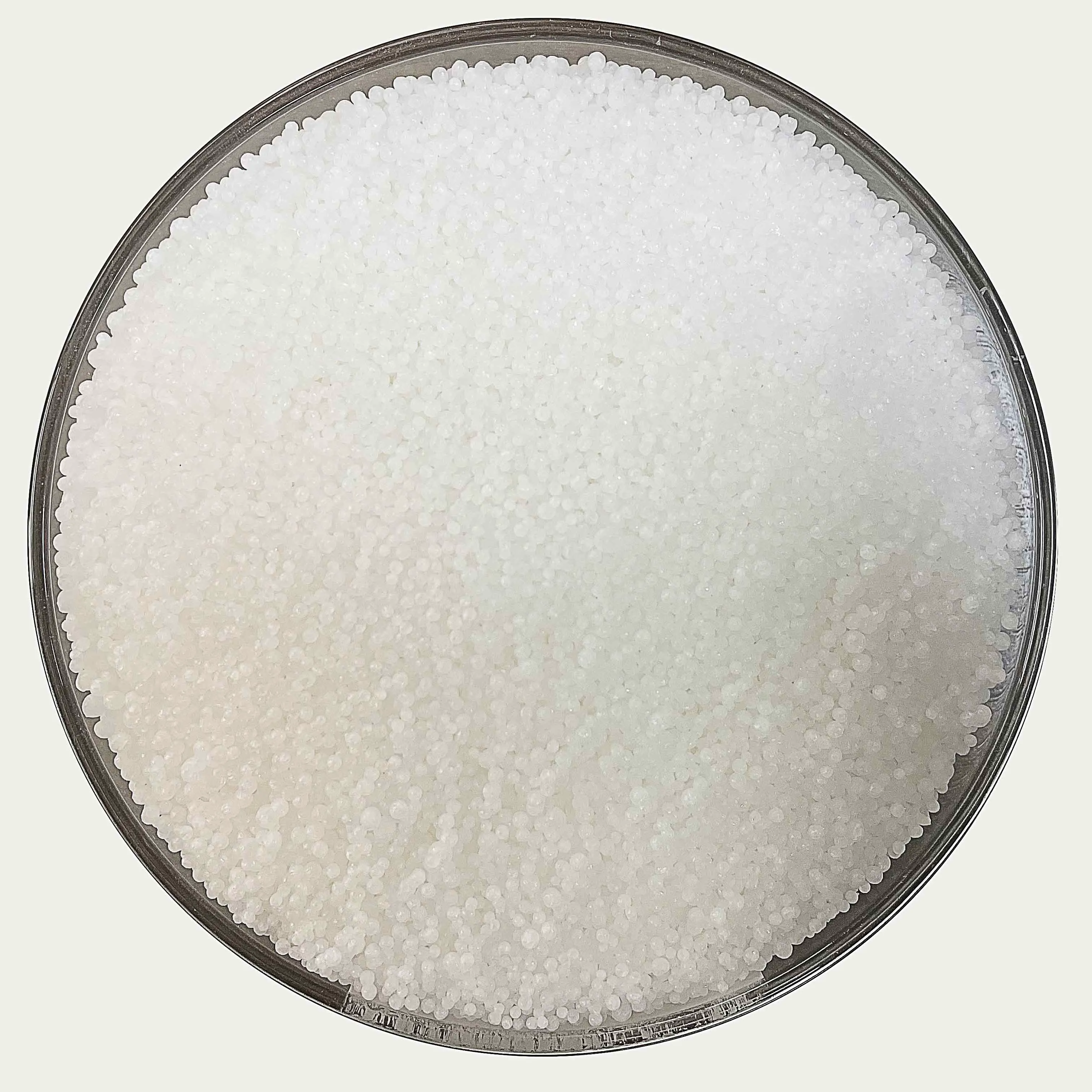
Jun . 21, 2024 15:36 Back to list
Why does a plant need nitrogen?
Why does a plant need nitrogen?
Nitrogen is extremely important for plant growth and photosynthesis, and is particularly crucial for agricultural crops.

- Nitrogen is extremely important for plant growth and photosynthesis, and is particularly crucial for agricultural crops.
- It is an essential building block for proteins and DNA.
- A deficiency or excess of nitrogen often affects crop quality.
The proportion of nitrogen in a plant
The dry weight of a plant consists of an average 1.5% nitrogen, ranging from 0.5% in woody plants to 5.0% in legumes. Only carbon, oxygen and hydrogen are present in higher concentrations. Unlike nitrogen, a plant can capture these nutrients from air and water, meaning they play a modest role in fertilization and soil management.
Promoting growth and photosynthesis
During the vegetative phase (growth phase), nitrogen is the plant’s main control mechanism. It helps plants grow and photosynthesise:
- In cell division, the plant grows by adding more cells.
- In cell elongation, existing cells absorb more moisture, making the plant bigger.
It helps plants grow to sufficient height
and build until it’s time to transition to the generative phase (flowering phase).
Ammonium Sulphate Ammonium Sulfate Crystal Powder Agriculture Grade
Photosynthesis
By growing bigger, plants have more biomass and surface area to create energy through photosynthesis, ultimately resulting in a higher yield potential.
Plants also need nitrogen to produce chlorophyll.
- Chlorophyll gives the plant its green colour and is the basis of photosynthesis.
- In this process, plants – when exposed to sunlight – convert carbon dioxide (CO2) and water (H2O) into glucose (C6H12O6) and oxygen (O2).
Building block for proteins and DNA
Nitrogen (N) is an essential element in amino acids and nucleic acids.
- Amino acids are the building blocks of proteins, which fulfil a variety of biological functions in the plant. Proteins are among the fundamental molecules for living things.
- Nucleic acids contain a plant’s hereditary information. The best known is deoxyribonucleic acid, better known as DNA.
How do I recognise nitrogen deficiency and nitrogen excess?
Plants absorb nitrogen only in the form of nitrate (NO3-) or ammonium (NH4+). A fertilizer such as calcium ammonium nitrate (CAN) contains these two forms of nitrogen (50/50).

Nitrogen-deficient crops can usually be easily distinguished from well-fertilized plants:
- The plant will develop slower and will have a shorter growth period with early flowering.
- Nitrogen is mobile in the plant, so its deficiency is first visible through yellowing of the oldest leaves, where a chlorophyll deficit causes the leaf to yellow from tip to centre.

A shortage of nitrogen results in yield loss. But an excess can also have a negative impact:
- A high nitrogen supply causes large cells holding lots of protein but with thin cell walls.
- The leaves become too large, dark green and limp, making them susceptible to disease.
- An abundance of leaves creates a more humid microclimate in the crop, which can encourage fungal development.
- The plant also stays green and productive much longer when nitrogen is in excess. This is problematic when you want to harvest a finished product.
- Lush leaf growth can come at the expense of yield in an underground crop.
The right amount of nitrogen is therefore essential for ensuring optimal crop growth.
-
10-10-10 Organic Fertilizer - Balanced NPK Formula
NewsAug.02,2025
-
Premium Organic Manure Compost for Eco Gardens
NewsAug.01,2025
-
Organic 10-10-10 Fertilizer | Balanced Plant Nutrients
NewsJul.31,2025
-
Premium Amino Acid Fertilizer | Rapid Plant Growth Booster
NewsJul.31,2025
-
10 10 10 Fertilizer Organic—Balanced NPK for All Plants
NewsJul.30,2025
-
Premium 10 10 10 Fertilizer Organic for Balanced Plant Growth
NewsJul.29,2025

